Apple's ecosystem is the envy of many in tech—a symphony of devices where your iPhone, Apple Watch, and Mac hum along in perfect harmony, sharing data, notifications, and even your health metrics with effortless grace. But this closed-loop design has drawn fire for limiting choices, especially in wearables where the Apple Watch reigns supreme. Enter the latest intrigue from the iOS 26.1 beta: buried code that whispers of a thaw. It suggests iPhones could soon extend fuller support to third-party smartwatches, letting them snag notifications and integrate more deeply. Discovered by eagle-eyed analysts at Macworld, this isn't a done deal—Apple's betas are full of red herrings—but it fuels dreams of a less proprietary Apple. If it ships, it could mark a pivotal concession to regulators and users alike, reshaping how we strap on our wrist tech. Buckle up as we dissect the details section by section.
The Discovery: Code Clues from the Beta Depths
Beta software is like a tech archaeologist's dream: layers of unfinished code ripe for excavation. That's exactly what happened with iOS 26.1's first developer beta, released just weeks ago. Macworld's team, led by contributors like Michael Simon, sifted through the build's strings and frameworks, unearthing references that scream "third-party compatibility." At the heart is a feature dubbed "Notification Forwarding," complete with polished user-facing text that's too specific to be accidental. Picture this: prompts like "Choose which apps can send notifications to your accessory" and a stern caveat—"Notifications can be forwarded to one accessory at a time. Notifications will not appear on Apple Watch while Notification Forwarding is turned on." These aren't vague placeholders; they're ready for the Settings app, implying a toggle that reroutes alerts away from Apple's hardware.
But the real gem is the "AccessoryExtension" framework, a new toolkit for pairing non-Apple devices with iPhones. Currently, connecting a third-party watch means clunky Bluetooth handshakes limited to basics like caller ID or media controls. This framework hints at a more robust handshake, potentially handling richer data flows. Macworld cross-referenced it against existing iOS code, noting it's distinct from Apple Watch protocols—explicitly geared toward "accessories" that aren't Cupertino's own. Filipe Esposito at 9to5Mac corroborated the find, highlighting how these elements align with broader accessory pairing improvements teased in the beta. It's not the first time betas have leaked big; remember the AirTag hints in iOS 13? Yet this feels timely, amid whispers of regulatory mandates forcing Apple's hand. Skeptics point out betas evolve—code can vanish—but the specificity here suggests it's further along than most Easter eggs.
How It Would Work: A Step-by-Step Peek
Let's paint the picture of this potential feature in action, piecing together the code breadcrumbs into a plausible workflow. It starts in the iPhone's Settings app, under a new "Notifications" or "Accessories" submenu. You'd flip on Notification Forwarding, greeted by that app-selection screen: tick boxes for Messages, Mail, your fitness apps, or even Slack for work buzz. The system would scan for paired Bluetooth devices, prioritizing smartwatches via the AccessoryExtension framework. This isn't your grandma's pairing—think guided setup with on-screen prompts for permissions, akin to how you link AirPods but with deeper hooks into iOS's notification pipeline.
Once live, here's the magic: A text from your boss vibrates your wrist on that Garmin Venu 3, not just as a bland alert but with a preview bubble you can swipe to reply—mirroring Apple Watch's quick actions. The code's "one accessory at a time" rule keeps things tidy, auto-pausing Apple Watch notifications to avoid double-dips. What about edge cases? If you're mid-hike with a rugged third-party watch, it might prioritize battery life by batching non-urgent pings. Developers get a boost too: The framework could expose APIs for custom integrations, letting a Fitbit Charge sync workout data directly or a Samsung Galaxy Watch pull calendar events. Limitations loom large, though—expect no deep dives into Apple's Health app yet, as sensor-specific features like ECG or fall detection stay locked to proprietary hardware. And that Apple Watch blackout? It's a deliberate design choice to prevent overlap, but it might frustrate multi-watch owners. Rollout could be phased: Beta testers might see it in iOS 26.1's public release this fall, with refinements in 26.2. It's Android-esque flexibility without the fragmentation—smooth, but still Apple-polished.
The Bigger Apple Picture: Regulations and Rivalries
This code drop isn't happening in isolation; it's a chess move in Apple's high-stakes game with regulators and rivals. Zoom out, and you'll see the European Union's Digital Markets Act (DMA) as the prime suspect. Enforced since March 2024, the DMA labels Apple a "gatekeeper" and mandates nine iOS tweaks for interoperability, including letting third-party devices tap into notifications, NFC payments, and more. Non-compliance? Fines up to 10% of global revenue—chump change for Apple, but reputational hits sting. We've already seen DMA fruits: EU iPhones now support sideloading and alternative browsers. Notification Forwarding fits like a glove, potentially debuting as an EU-exclusive toggle, much like those changes. Across the pond, the U.S. Department of Justice's antitrust suit, filed in 2024 and ramping up in 2025, accuses Apple of "monopolizing" the smartwatch market by crippling rivals' iPhone access—no cellular eSIM for third-parties, no interactive alerts. Evidence from the case cites internal Apple docs admitting ecosystem lock-in boosts Watch sales by 30%.
Rivals are circling: Garmin dominates outdoor tracking with superior GPS, Fitbit excels in sleep analysis, and Samsung's Galaxy Watch offers seamless Android ties that iPhone users envy. Apple's response? A calculated openness that preserves the moat—full health integrations (blood oxygen, sleep apnea) remain Watch-only, tied to FDA-cleared sensors. This echoes past pivots, like USB-C adoption or RCS messaging: Grudging, but it blunts criticism. Long-term, it could spur innovation; imagine third-party watches with iOS-exclusive apps, or Apple licensing its frameworks. Yet purists worry it'll dilute the "it just works" magic, pushing users toward fragmented experiences. As one 9to5Mac analyst quipped, "Apple's opening the door, but not the whole house."
What It Means for You and the Wearables World
For the average iPhone wielder—say, a runner eyeing a budget alternative to the $400 Apple Watch—this could be liberating. No more FOMO when pairing a $200 Fitbit Versa: Full notifications mean staying connected without the premium price tag. Hikers might favor Garmin's Instinct for its indestructible build and solar charging, now with iMessage replies on the trail. Battery hawks could mix in a Xiaomi Watch for its week-long juice, forwarding only essential alerts. Developers salivate too—expect a surge in WatchKit-like SDKs for third-parties, birthing apps for niche needs like pro cycling metrics or AR overlays.
The ripple effects hit competitors hard. Samsung, already teasing Galaxy Watch 8 iOS ports, could close the gap on Pixel Watch's health suite. Google might accelerate Wear OS tweaks for Apple fans, while Oura Ring eyes notification add-ons to its sleep focus. For Apple, it's ecosystem evolution: iPhone sales could tick up among Android switchers wary of Watch lock-in, offsetting any Watch dips. Broader industry? It normalizes cross-platform wearables, pressuring everyone toward standards like Matter for smart homes. But caveats: If EU-only at launch, U.S. users wait on DOJ outcomes, possibly into 2026. And while notifications are step one, full parity? Dream on—Apple's guarding those health crowns fiercely.
This iOS 26.1 nugget is a tantalizing "what if," blending user wins with corporate calculus. As betas churn, we'll watch for more leaks. Got a third-party watch in your future? Sound off below—could this tip you from Apple loyalist to hybrid hacker?
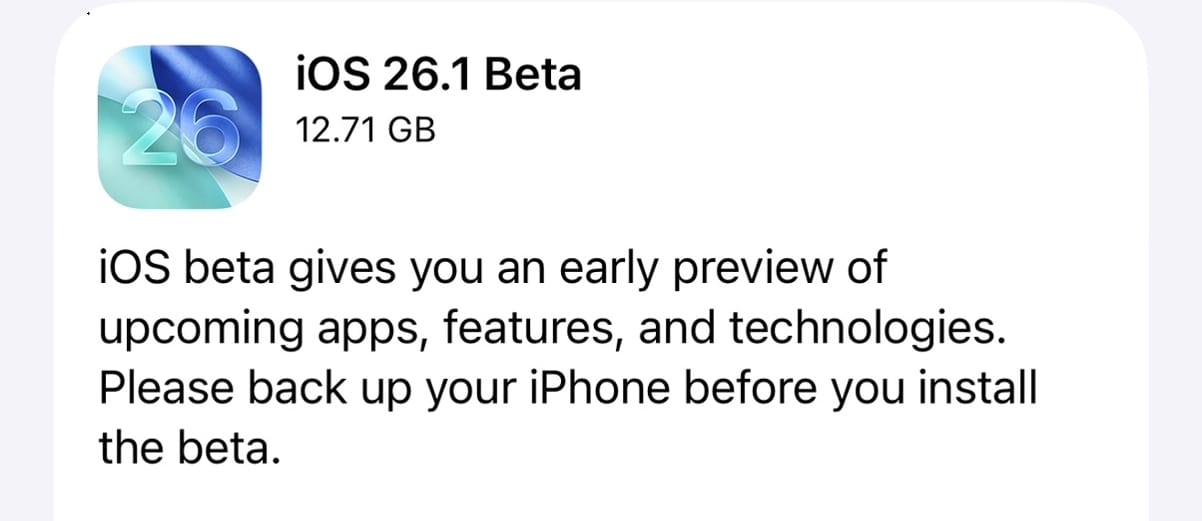

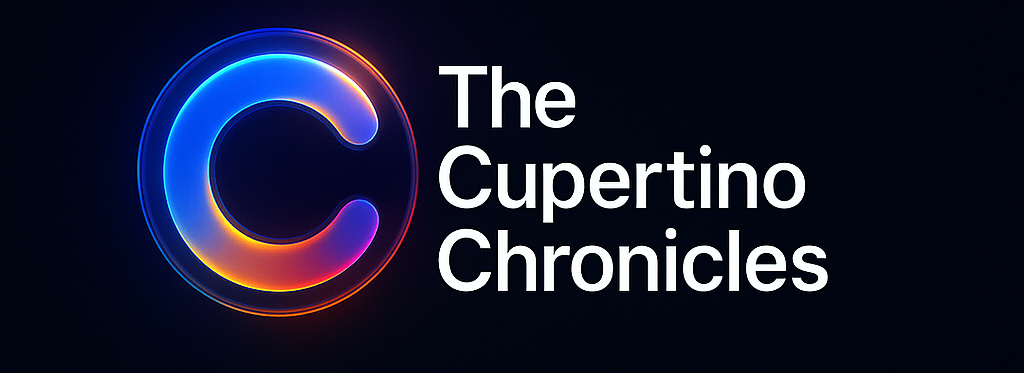
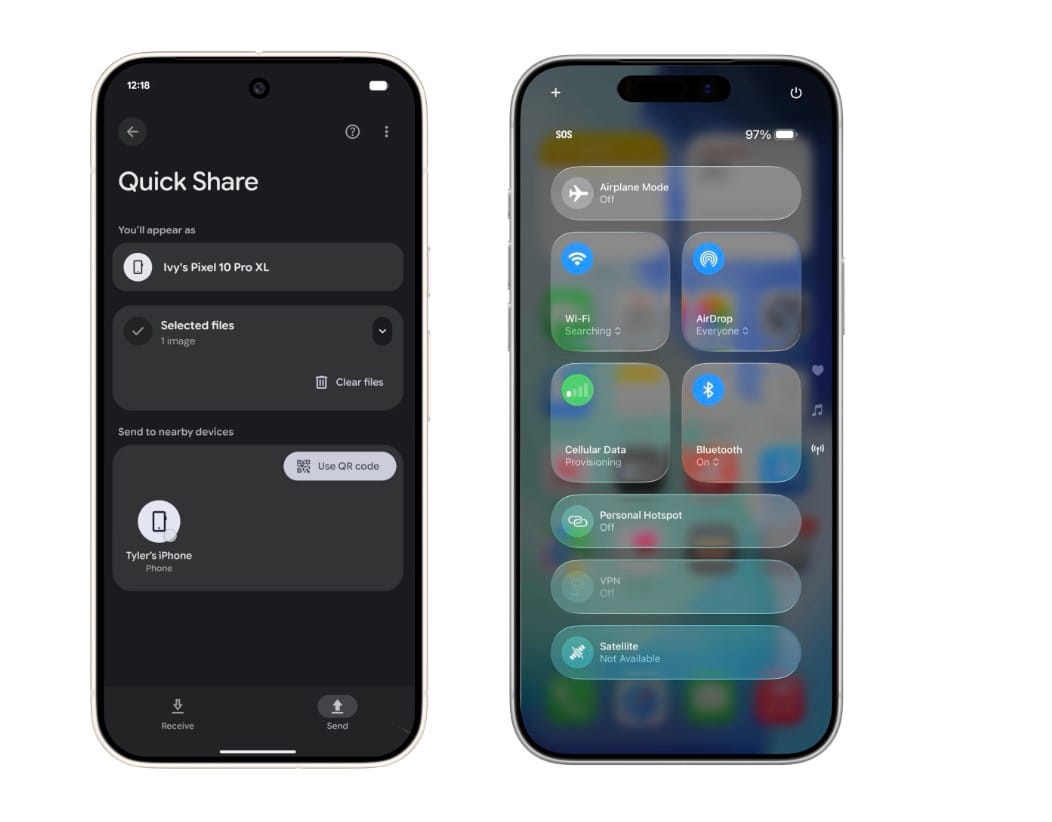
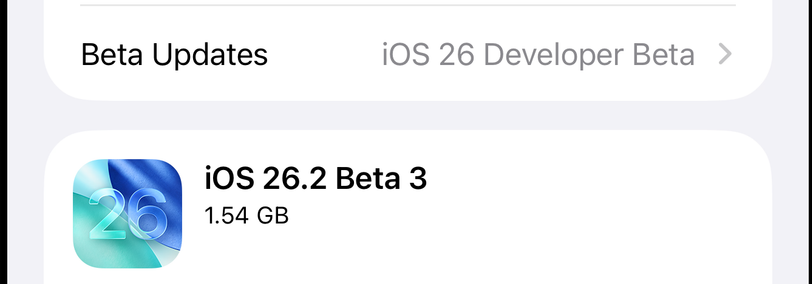
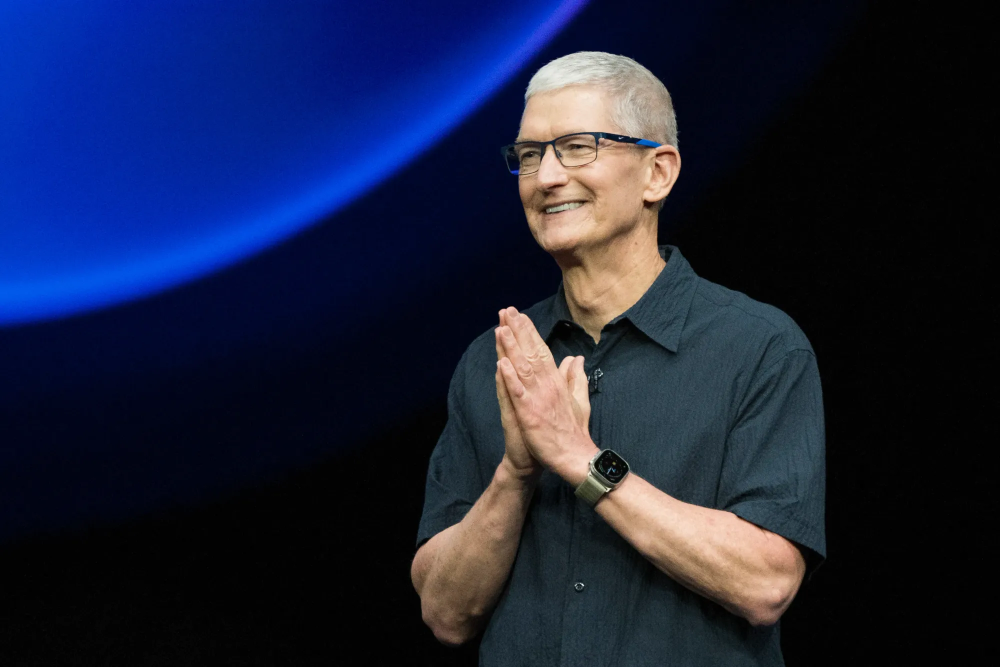
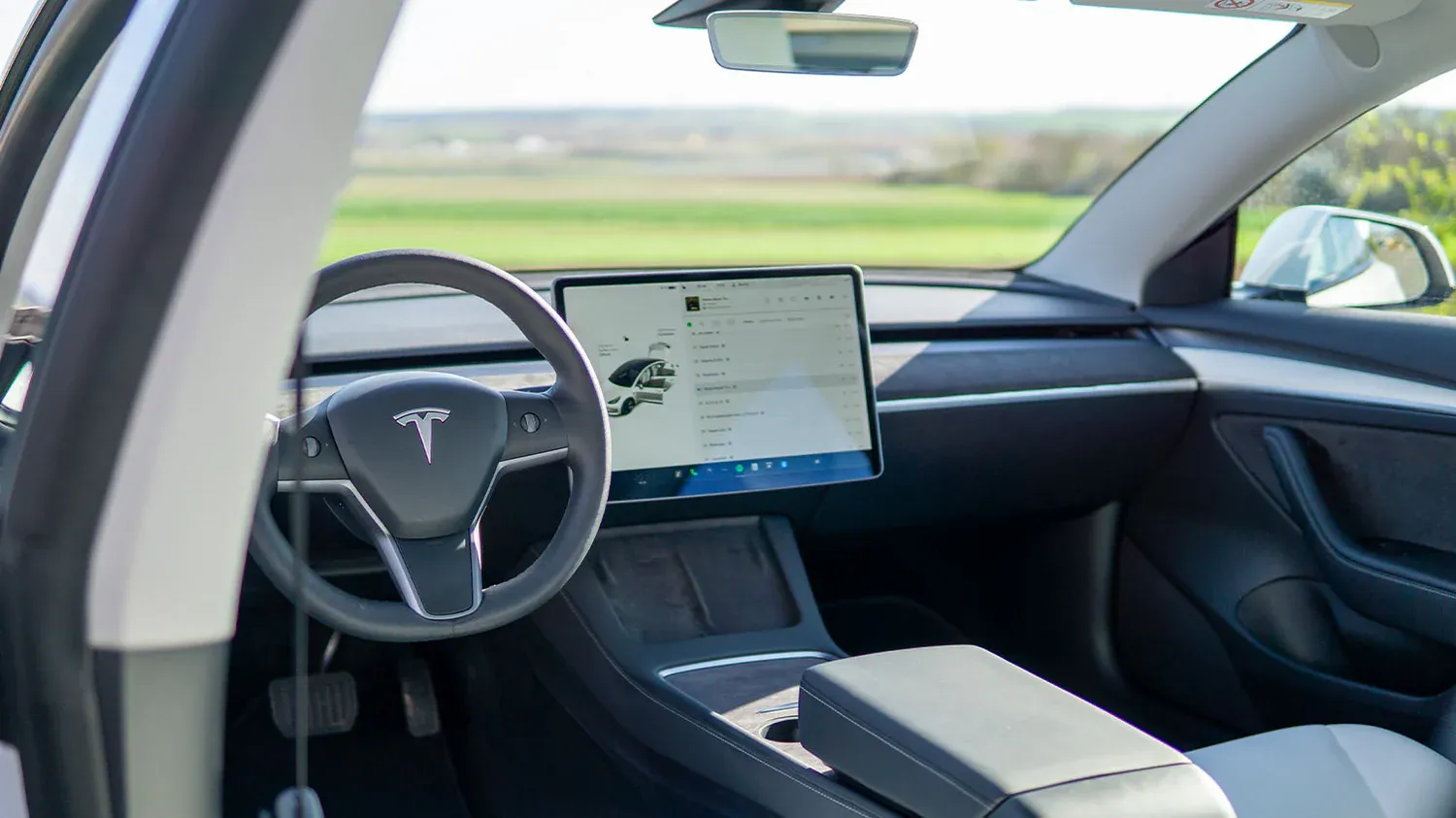

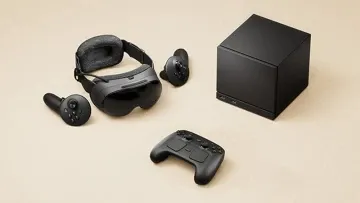
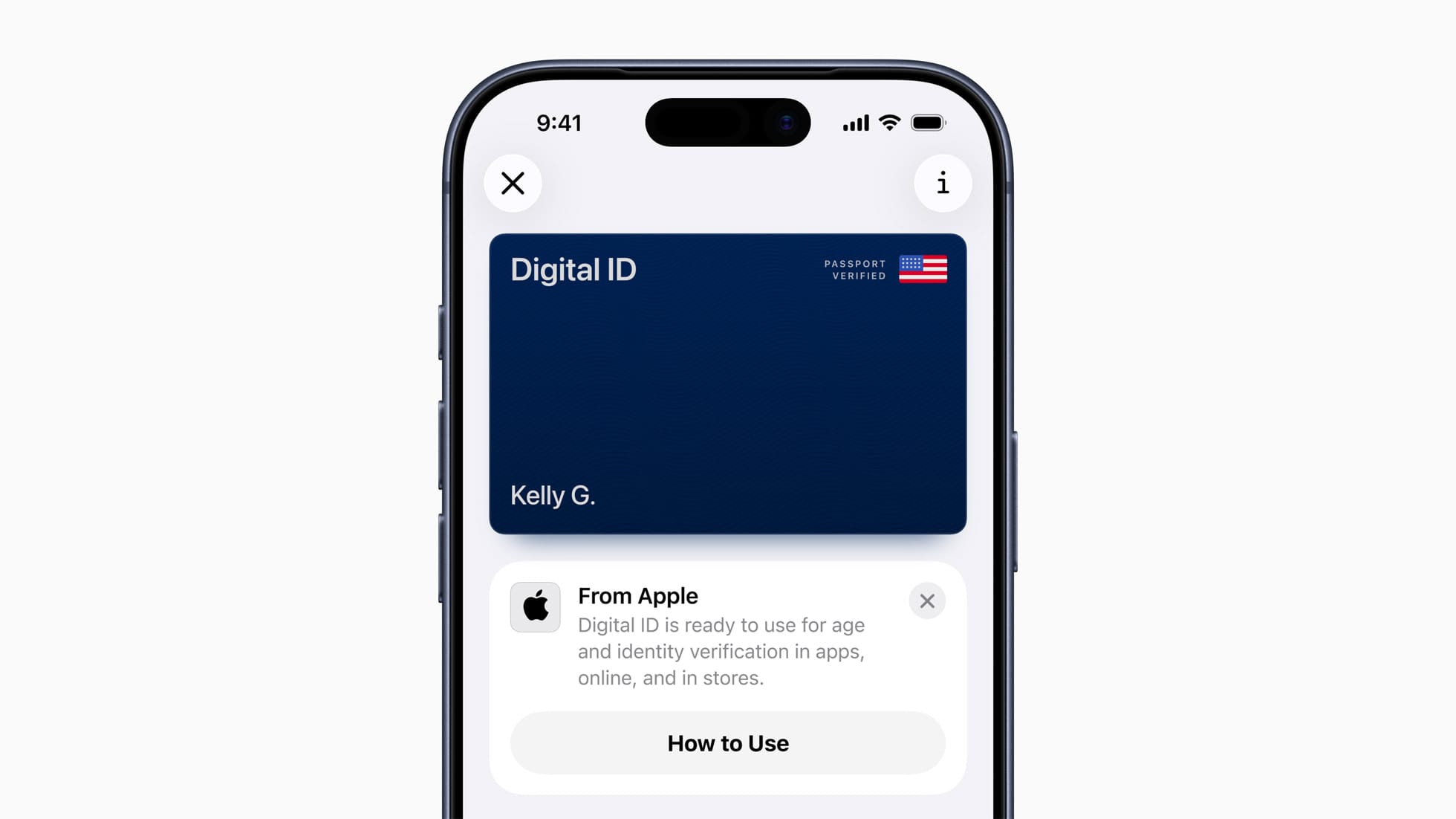
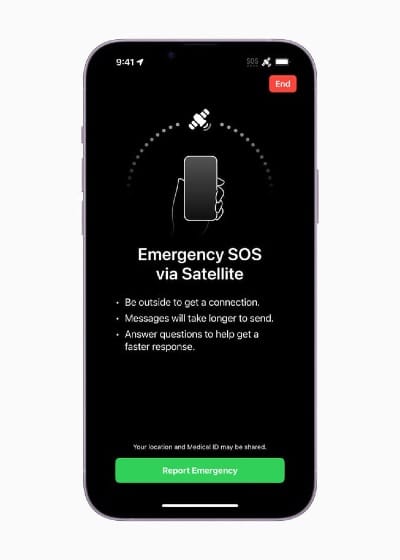
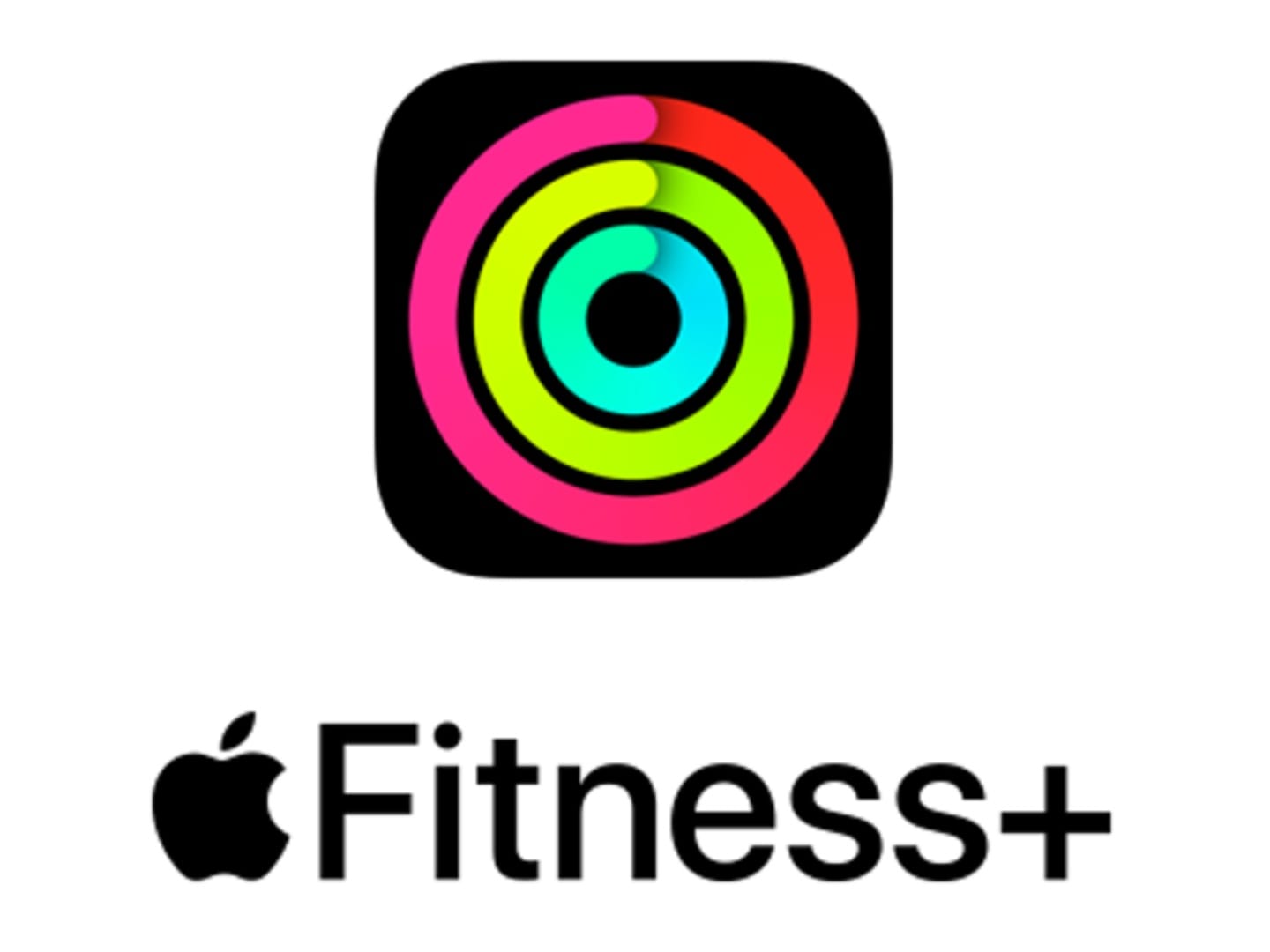
Discussion